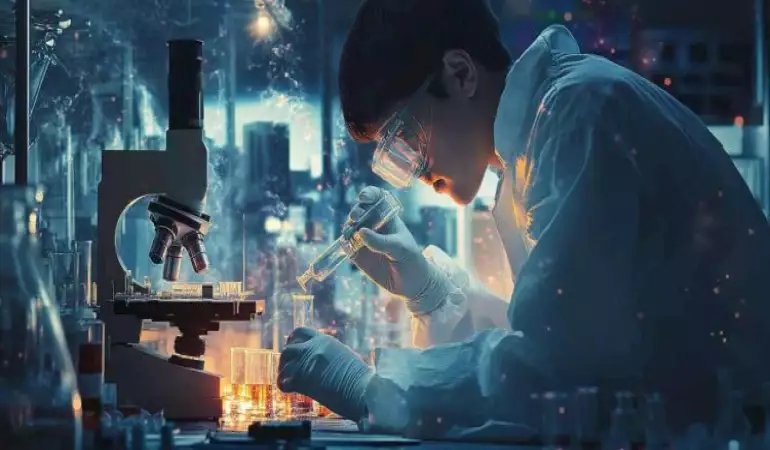3 little-known technologies that could become part of our everyday life
Technology is advancing at an incredible speed, and some of the innovations we know today only from science fiction are already coming closer to everyday life. What are 3 little-known technologies that could soon become part of our daily lives?
January 23, 2025 12:19
DNA repositories
DNA repositories are an innovative technology for storing digital information in DNA molecules.
Similar to the binary code (0 and 1) used in computers, DNA molecules encode four nucleotides (A, T, C, G).
DNA storage is characterised by its very high data density and durability: it is as much as 1000 times denser than hard disks and 300 times more durable than magnetic tapes.
These technologies are based on advanced enzymatic DNA synthesis techniques and allow for more efficient construction of DNA circuits while reducing costs and environmental impact.
This is a particularly promising solution to address the challenge of storing the growing amount of digital data.
Neuromorphic computing/computing
Neuromorphic computing is an advanced technology that mimics the activity of the human brain.
It uses special hardware and software to recreate the structures and functions of neurons and synapses to enable efficient information processing.
The field is based on biology and neurobiology: neuronal activity and signal transmission at synapses are the main models used in spiking neural networks (SNNs).
Unlike traditional neural networks, SNNs take the time factor into account: neurons only fire when their charge reaches a certain threshold, and information spreads through asynchronous connections.
Neuromorphic systems not only accurately model biological processes, but also promise to revolutionise artificial intelligence and data processing by being faster, more efficient and more energy-efficient than traditional methods.
Self-renewing materials
Self-repairing materials are advanced materials that are able to restore their original structure after damage such as tears, scratches or fractures.
These materials follow natural regeneration processes, mimicking the ability of living organisms to repair damaged areas. Just as the human immune system heals wounds, these substances return the material to its original form.
Self-regenerating materials have great potential in a wide range of applications: they can be used in construction, the automotive industry, electronics and many other industries where longevity and continuous maintenance are important.
For example, self-healing materials could protect metals from corrosion and automotive paints could repair minor scratches without additional maintenance.




